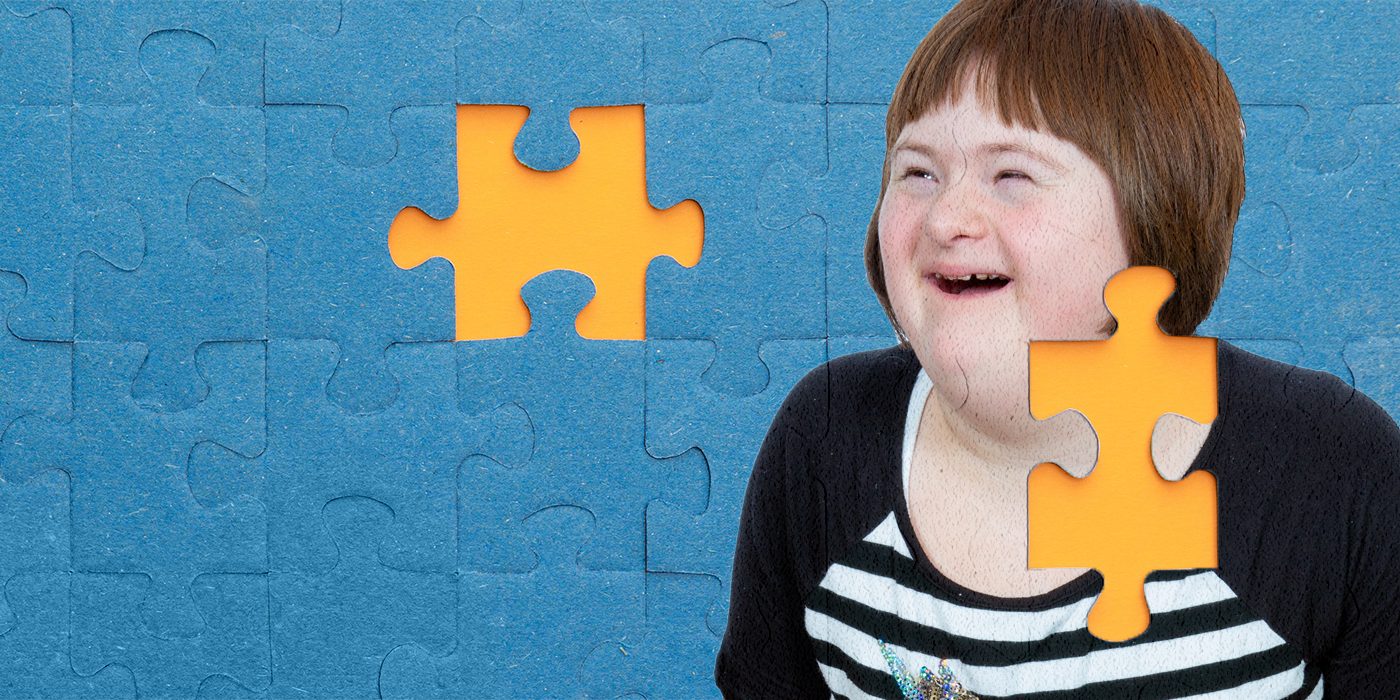The Relevance of Household Support in the Trip with Autism
The Relevance of Household Support in the Trip with Autism
Blog Article
Recognizing Autism: A Comprehensive Guide to Symptoms and indicators
Autism Range Disorder (ASD) includes a wide variety of qualities that can substantially impact an individual's social interactions and everyday performance. Identifying the indications and symptoms, such as difficulties with eye get in touch with, social communication problems, and sensory level of sensitivities, is important for very early treatment. Understanding these subtleties not just help caretakers and teachers in providing proper support but additionally promotes an extra comprehensive atmosphere for people with ASD. As we explore the intricacies of autism, it becomes essential to think about how these indications manifest in a different way throughout the range and what implications they hold for efficient treatment approaches.
Review of Autism Spectrum Disorder
Specifying Autism Range Problem (ASD) involves recognizing it as a complex neurodevelopmental condition identified by a series of challenges in social interaction, interaction, and behavioral patterns. The term "spectrum" reflects the broad variability in signs and their extent, which can differ considerably from one individual to another. ASD commonly manifests in early childhood years, although some people may not obtain a medical diagnosis up until later in life.
Variables affecting the advancement of ASD include ecological variables and hereditary predispositions, although the exact causes remain under investigation. Diagnosis usually relies upon behavioral assessments, as there are no definitive clinical tests for ASD. Early treatment is vital and can significantly boost outcomes, concentrating on improving communication abilities, social communications, and adaptive behaviors.
People with ASD might likewise exhibit distinct staminas, such as remarkable attention to information or certain areas of expertise. Understanding the complex nature of ASD is necessary for cultivating an inclusive atmosphere that suits neurodiversity. Continued research study is important for developing reliable interventions and support group, making it possible for people with ASD to thrive and meet their prospective within culture.
Common Indications of Autism
Identifying the usual signs of Autism Spectrum Problem (ASD) is crucial for very early recognition and treatment. These indicators can vary commonly in extent and presentation, however certain qualities are often observed in individuals with ASD.
One of the most widespread signs is a significant trouble in establishing and preserving eye get in touch with. Individuals might likewise exhibit limited rate of interest in social communications and reveal a choice for solitary play. Repeated habits, such as hand-flapping, rocking, or rotating objects, typically arise early in childhood years. In addition, some children may create stringent regimens and come to be distressed if these routines are disrupted.
Sensory sensitivities are also typical; individuals might overreact or underreact to sensory stimulations, such as lights, sounds, or textures. autism. Language growth can be atypical, with some children displaying delayed speech or utilizing language in uncommon methods, consisting of echolalia-- duplicating sentences or phrases heard elsewhere
It is important to note that not every person with ASD will show all these indications, and the level of these behaviors can differ substantially. Early acknowledgment permits for timely assistance and resources, enhancing the high quality of life for those on the range.
Social Interaction Challenges
Social communication obstacles are a hallmark of Autism Range Condition (ASD), impacting an individual's capability to engage properly with others. These problems can manifest in various ways, including challenges in starting and keeping conversations, comprehending social hints, and reacting appropriately in social communications.
Individuals with ASD might battle with nonverbal interaction, such as eye contact, facial expressions, and body movement. This can bring about misconceptions, as their communicative intent may not be correctly translated by others. They might find it hard to Your Domain Name understand the subtleties of tone and context, which are essential for effective interaction.
In team setups, people with ASD may really feel overwhelmed and might not know exactly how to sign up with in discussions (autism). They may also display atypical conversational patterns, such as monologuing about specific interests without acknowledging social reciprocity
Additionally, these difficulties can cause social isolation or troubles in creating partnerships, as peers might misinterpret their actions or interaction style. Recognizing these social interaction difficulties is crucial for promoting encouraging settings that promote social skills growth and improve the quality of communications for people on the autism spectrum.
Sensory Sensitivities and Responses
Numerous individuals with Autism Range Condition (ASD) experience increased sensory sensitivities that can dramatically affect their everyday lives. These sensitivities may manifest as over-responsiveness or under-responsiveness to sensory stimuli, including noises, lights, appearances, tastes, and smells. As an example, an individual with ASD might locate everyday sounds, such as a hoover or crowded settings, extremely distressing, bring about anxiety or disasters. Conversely, some may display an indifference to discomfort or severe temperatures, which can present safety issues.
Sensory handling distinctions in people with ASD can likewise influence their capacity to engage in social interactions and routine tasks. As an example, a kid who is sensitive to touch might resist physical affection or prevent particular garments textiles. Conversely, a preference for particular appearances or tastes can limit dietary choices and develop obstacles during nourishments.
Comprehending these sensory level of sensitivities is essential for identifying the special experiences of people with ASD. Recognition of their sensory accounts can cultivate better interaction and support techniques, producing a setting that suits their requirements and improves their lifestyle. Eventually, recognizing sensory sensitivities is a vital component of comprehending the wider range of autism.

Supporting People With Autism
Reliable support for individuals with Autism Spectrum Problem (ASD) is critical for boosting their overall well-being and promoting self-reliance. Assistance approaches must be tailored to meet the special needs of each individual, considering their challenges and toughness.

Social abilities training can also play a crucial function. autism. Engaging individuals in group activities or role-playing circumstances can improve their capacity to navigate social interactions. Furthermore, it is necessary to inform member of the family, caretakers, and peers about ASD to cultivate a supportive and inclusive area
Verdict
Finally, a comprehensive understanding of Autism Range Disorder is crucial for recognizing its symptoms and signs. Early recognition of typical features, such as social interaction obstacles and sensory level of sensitivities, allows educators and caretakers to carry out reliable interventions. By fostering enhanced communication and social skills, people with autism can browse their settings more effectively. Ultimately, increased understanding and support can significantly improve the lifestyle for those influenced by ASD.
Autism Range Condition (ASD) includes a wide variety of characteristics that can considerably affect a person's social communications and day-to-day performance.Individuals image source with ASD may battle with nonverbal communication, such as eye get in touch with, face expressions, and body language.Many individuals with Autism Range Condition (ASD) experience enhanced sensory sensitivities that can substantially impact their everyday lives.Sensory processing differences in people with ASD can also impact their capacity to engage in social interactions and routine activities.Comprehending these sensory sensitivities is crucial for identifying the special experiences of people with ASD.
Report this page